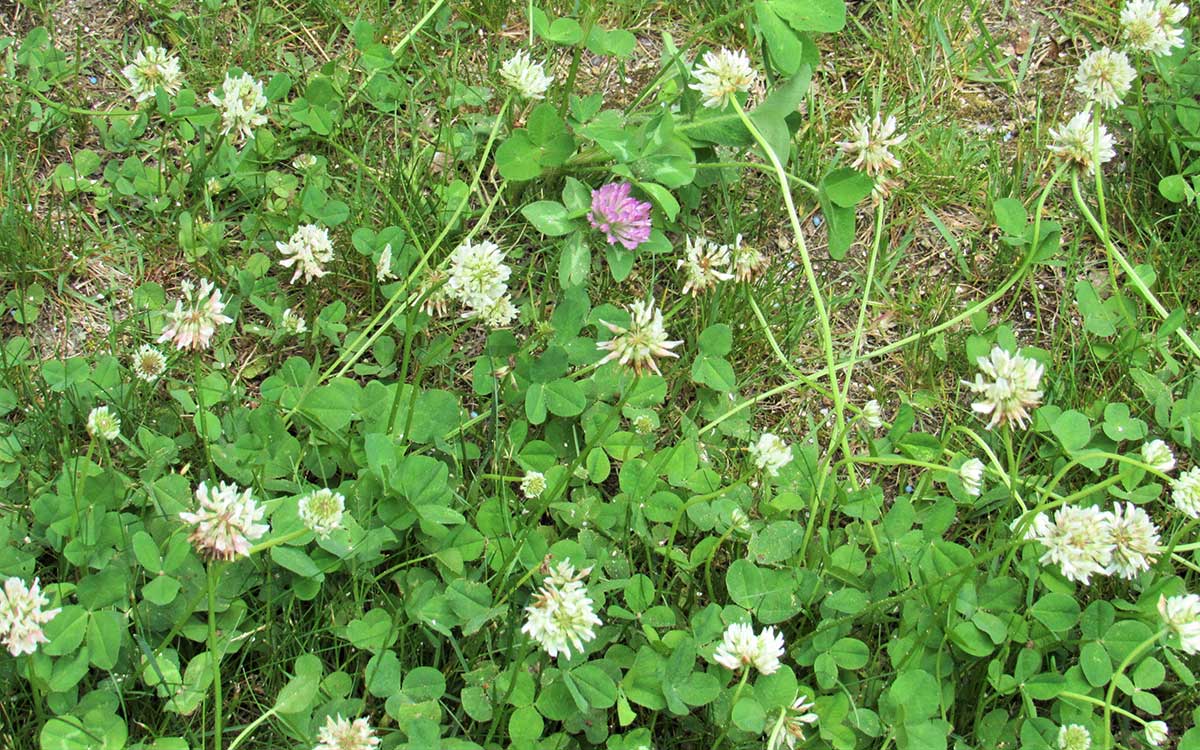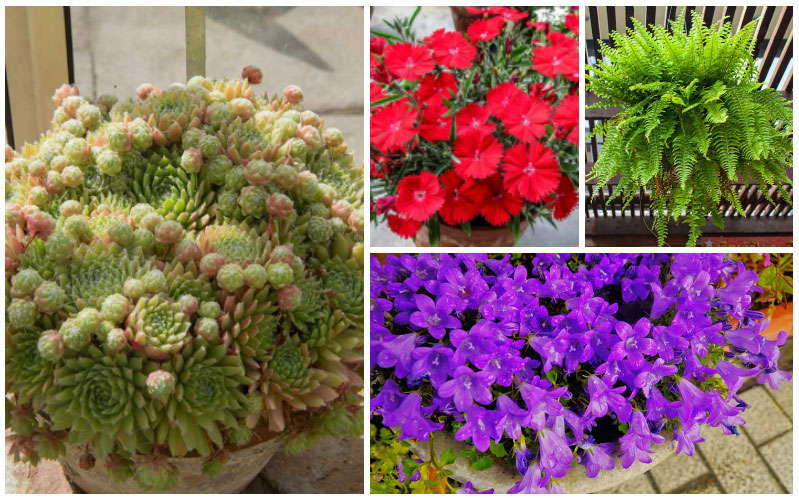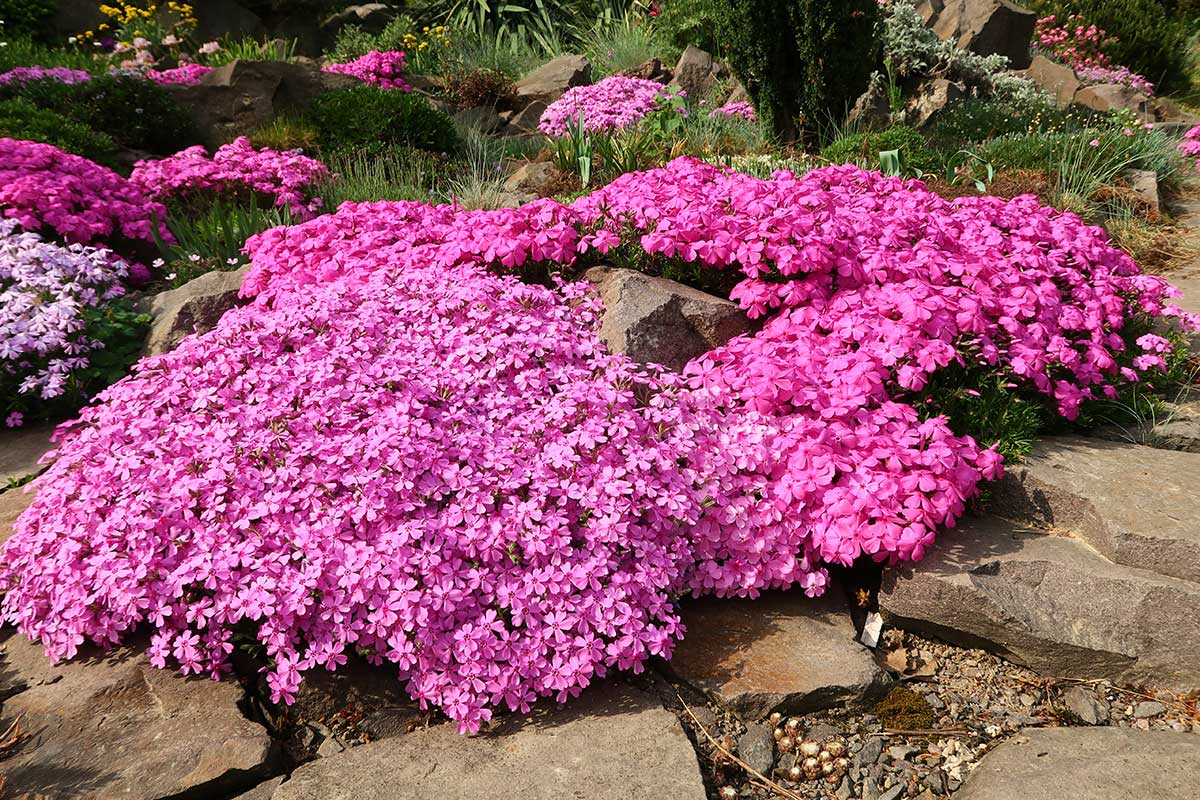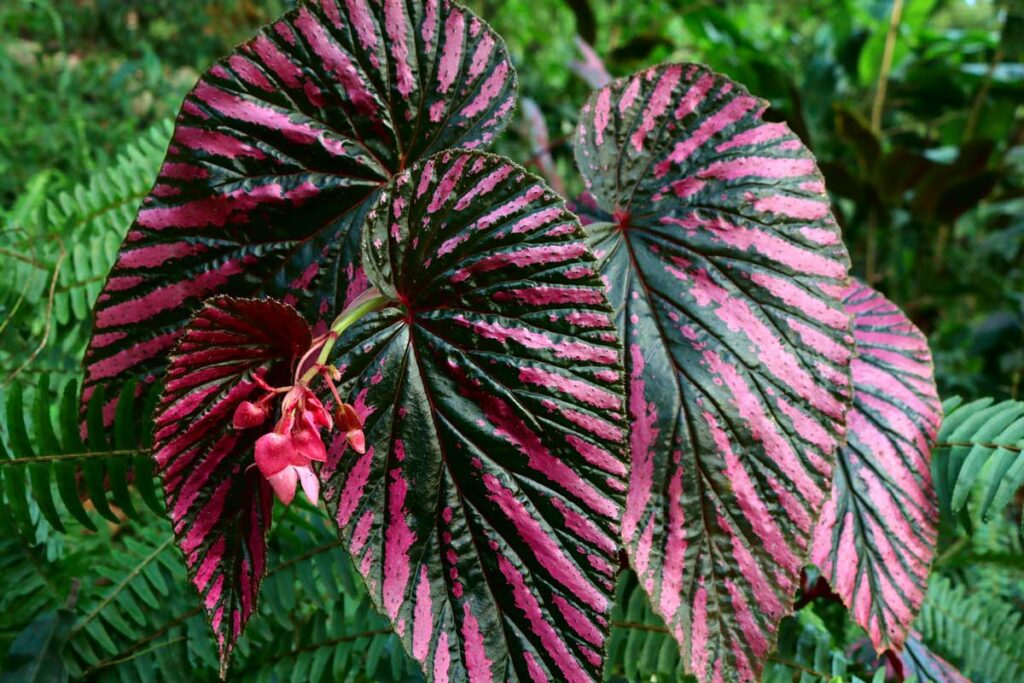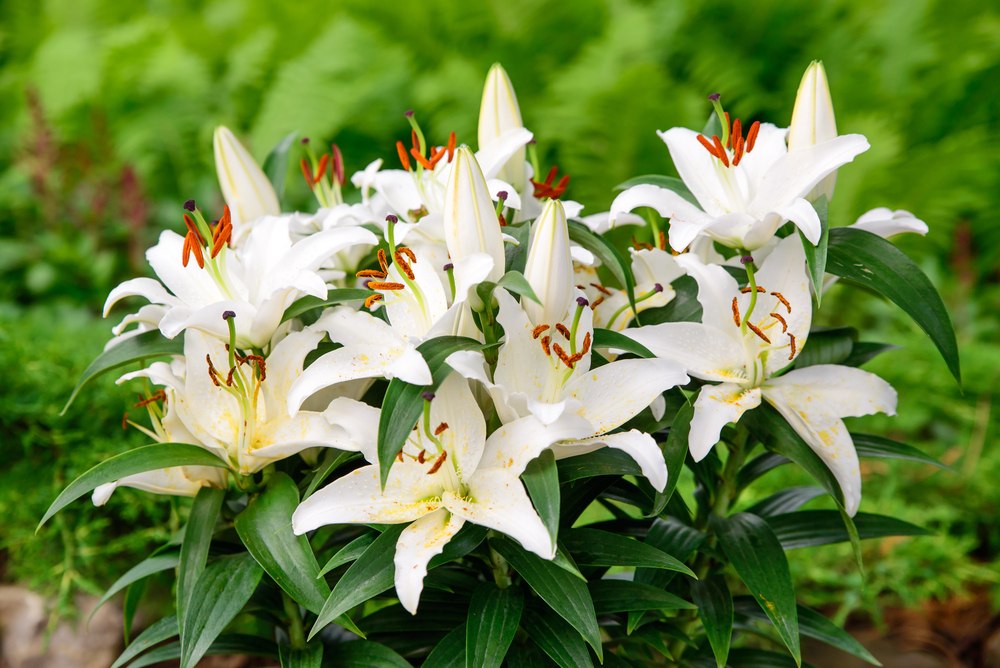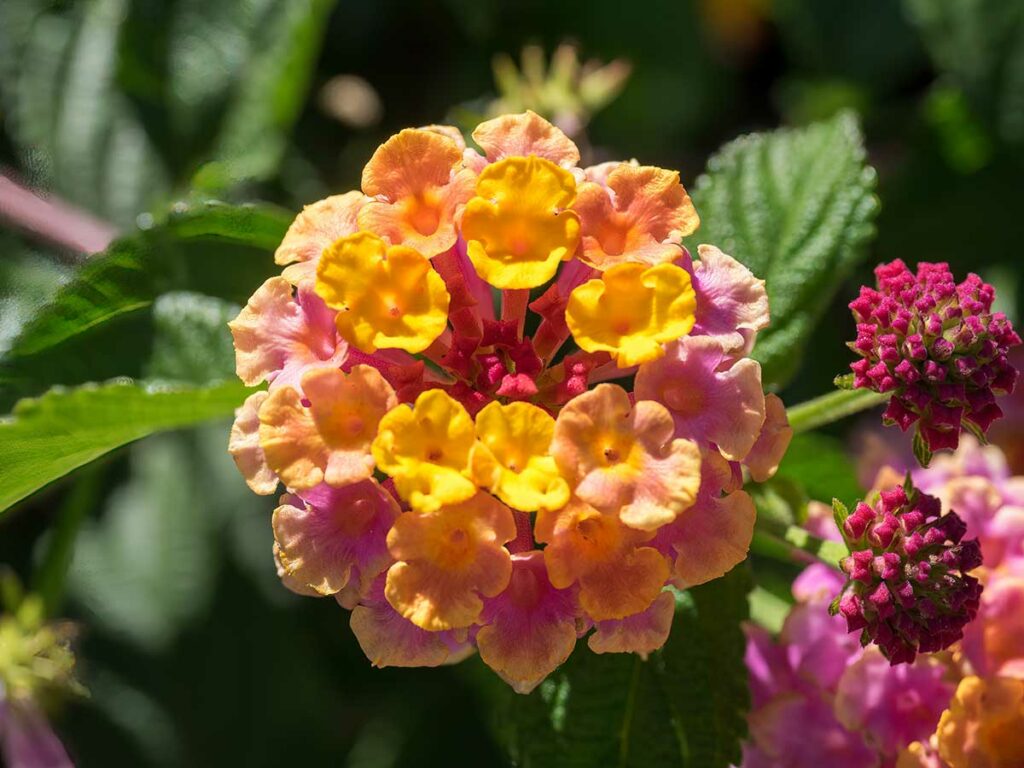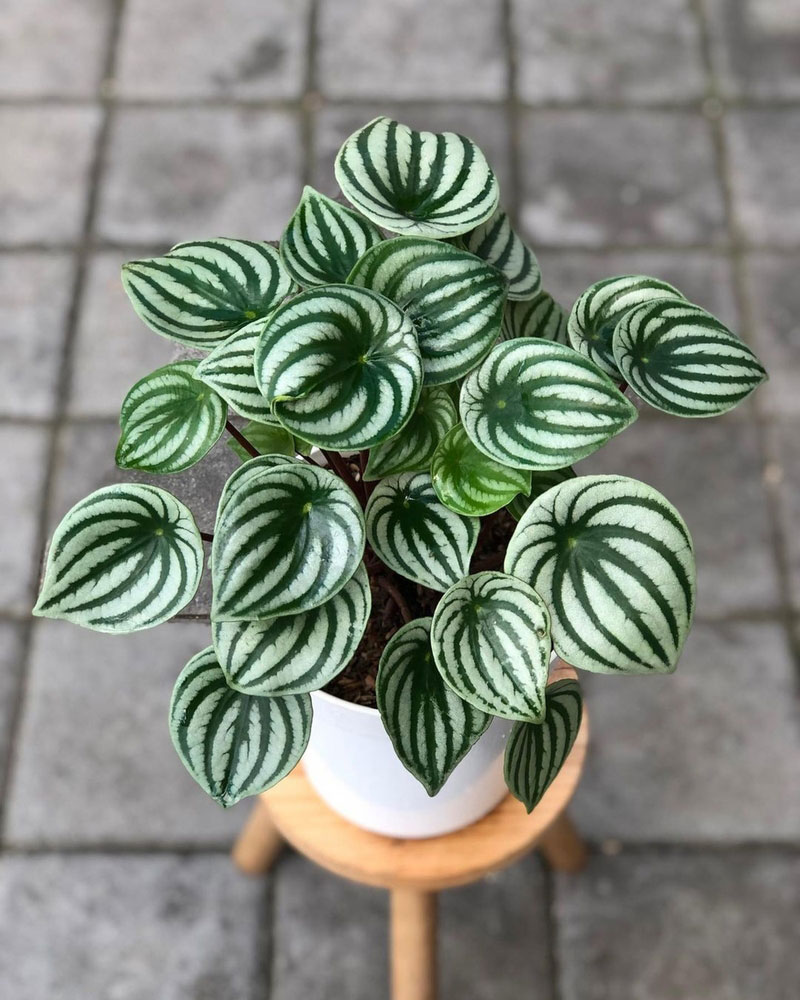
Peperomia plants, with their lush leaves and easy-care nature, are a delightful addition to any indoor garden. Whether you’re a seasoned plant enthusiast or a beginner looking to bring a touch of green to your space, these charming plants can fit seamlessly into your home.
They come in a variety of shapes, sizes, and colors, offering something for everyone.
Cultivating peperomia plants successfully involves understanding their basic needs: the right balance of light, water, and nutrients.
With a few helpful tips, you can encourage your peperomia to thrive, ensuring it adds vitality and beauty to your indoor collection.
To help you get started, this guide will outline essential care advice. From selecting the ideal spot for your plant to ensuring it receives the proper amount of moisture, these tips are designed to demystify the care process.
Equip yourself with this knowledge, and watch your peperomia flourish.
Caring for Your Peperomia
To thrive, your Peperomia needs the right balance of light, water, and nutrients, along with a suitable environment. Here’s how you can provide the best care.
1. Optimal Lighting Conditions
Your Peperomia prefers bright, indirect light and can tolerate moderate shade. Avoid direct sunlight, which can scorch the leaves. A north-facing window or a spot that receives filtered light is ideal. If natural light is limited, consider using grow lights.
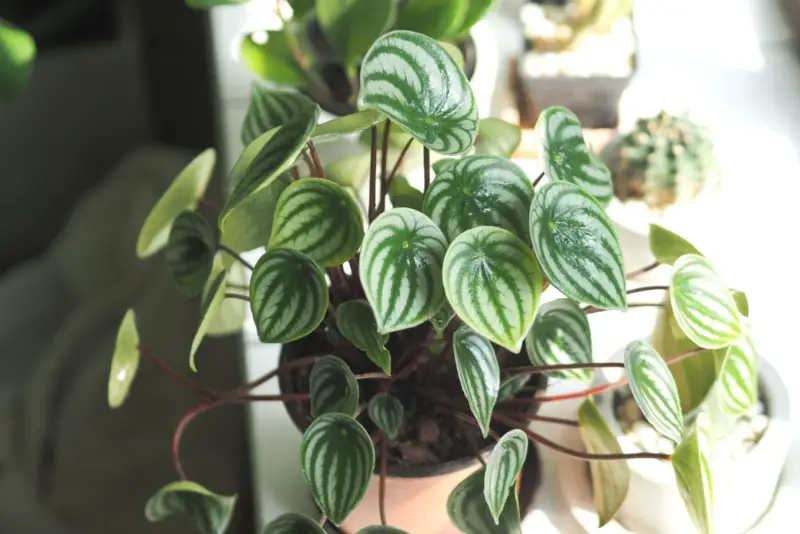
2. Watering Practices
Water your Peperomia when the top inch of soil feels dry. Use a watering can to thoroughly soak the soil, allowing excess water to drain. Never let the plant sit in water, as overwatering can lead to root rot.
- Frequency: Weekly during growing season (Spring and Summer), less during dormant period (Fall and Winter).
- Indicator: Wait until the soil is partly dry before the next watering.
3. Soil and Fertilization
Use a well-draining soil mix, with added perlite or sand to ensure proper aeration. Fertilize your Peperomia every 2-4 weeks during the growing season with a balanced, liquid houseplant fertilizer diluted to half the recommended strength.
- Soil Mix Recipe:
- 2 parts peat moss or coco coir
- 1 part perlite or coarse sand
- Fertilizer: 10-10-10 (NPK) liquid fertilizer, half strength
4. Temperature and Humidity Control
Peperomias prefer temperatures between 65°F and 75°F (18°C and 24°C). They can adapt to lower humidity levels but thrive at 40% to 50%. In drier environments, use a humidifier or place the plant on a pebble tray filled with water to increase humidity. Avoid sudden temperature changes and drafts.
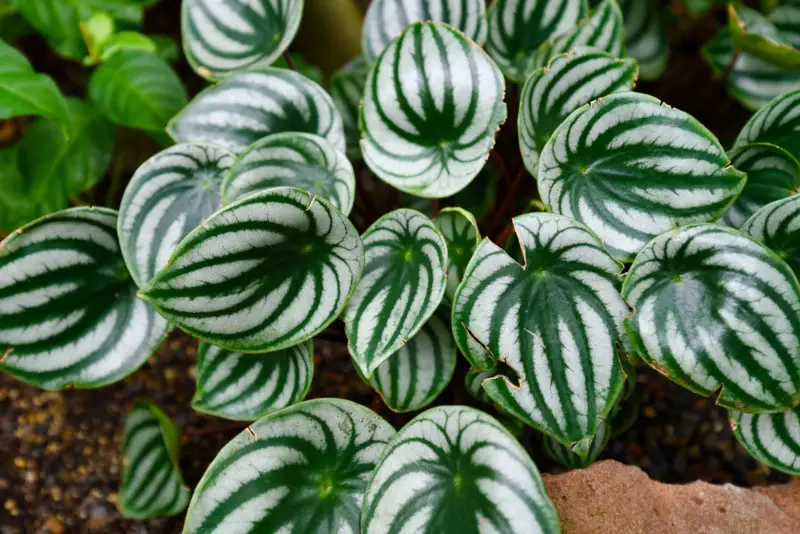
Troubleshooting Common Issues
When growing Peperomia, you might encounter some challenges. This section tackles the common issues such as pests, diseases, and leaf problems, providing straightforward solutions to keep your plants healthy.
5. Dealing with Pests
Peperomia plants are susceptible to pests like spider mites, mealybugs, and whiteflies. To manage these pests:
- Spider Mites: Isolate the affected plant and use a gentle stream of water to dislodge the mites. Apply neem oil or insecticidal soap as a foliar spray to control outbreaks.
- Mealybugs and Whiteflies: Use a cotton swab dipped in rubbing alcohol to remove visible pests. Treat infestations with yellow sticky traps to capture adult whiteflies.
6. Managing Diseases
Common diseases affecting Peperomia include fungal infections, such as root rot:
- Prevention: Ensure proper drainage and avoid overwatering to prevent fungal growth.
- Treatment: If you detect root rot, remove the affected parts of the root, and repot the plant in fresh, sterilized soil. Use a fungicide as a preventive measure for severe cases.
7. Addressing Leaf Problems
Leaf discoloration and dropping are common leaf problems:
- Yellow Leaves: Often a sign of overwatering. Let the soil dry between watering.
- Dropped Leaves: Can be due to temperature stress. Maintain a stable environment between 65-75°F (18-24°C).
Regular monitoring and these targeted actions will help resolve issues your Peperomia may face.

